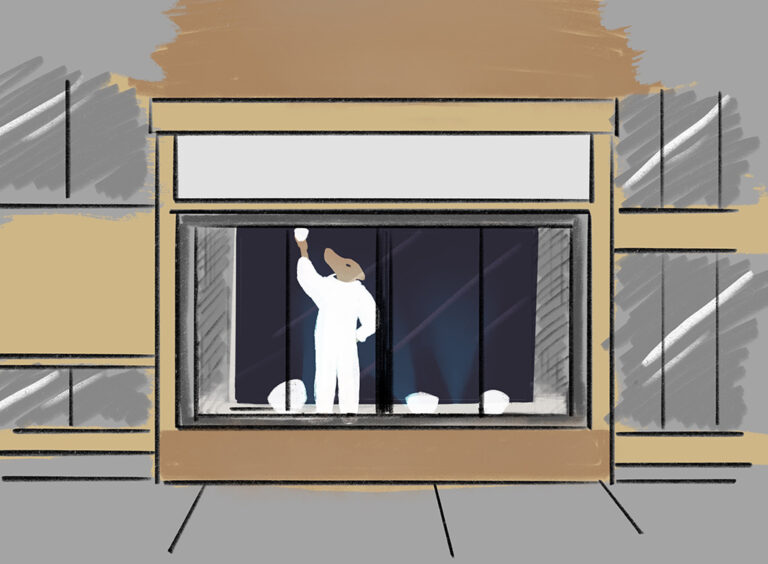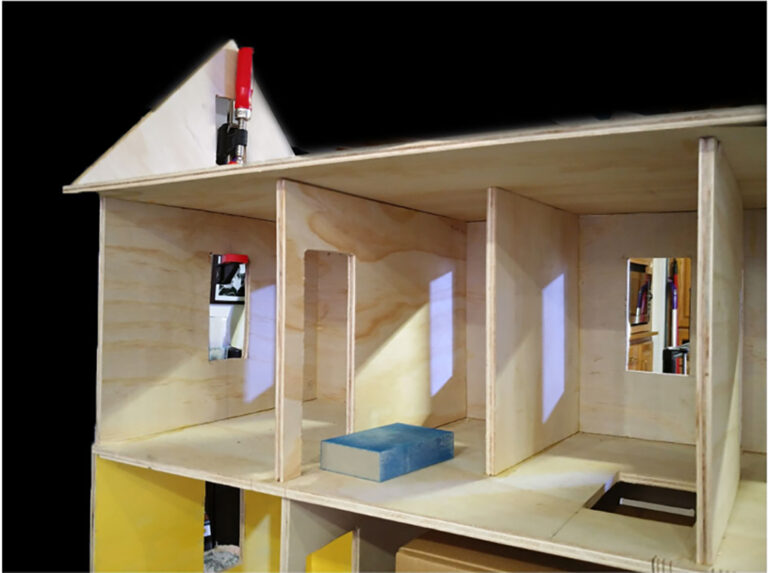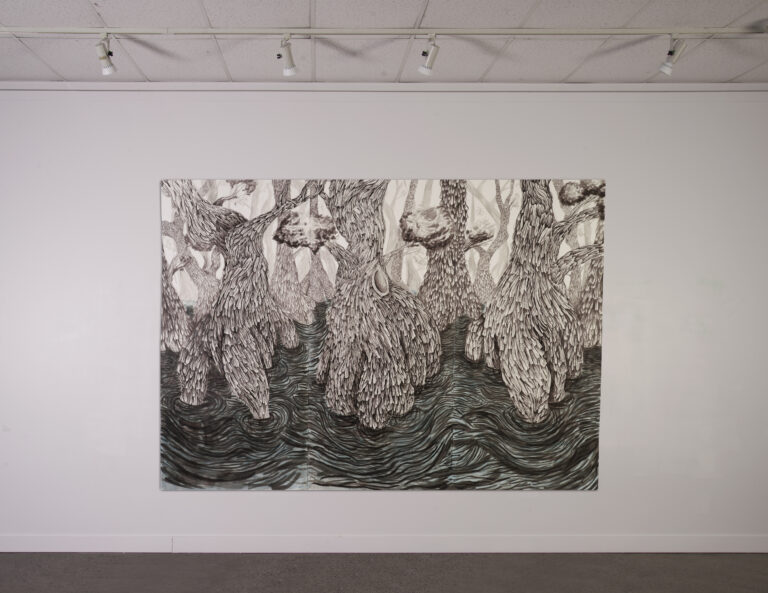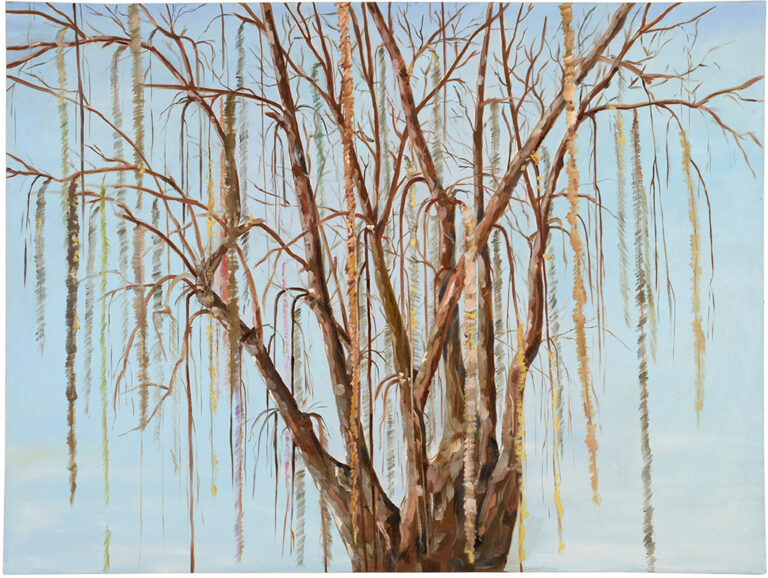Yue Li
An international student from China, Yue began her education at TRU in the BBA program. After two years, however, she returned to the arts which had been a major part of her life since childhood. Canada’s environment and geography broadened her artistic vision and concepts, giving her a new creative direction. Combining elements of Chinese cultural characteristics with her love of printmaking technology, Yue recreates both her worlds in art. Plums and orchids, bamboo and chrysanthemums, poetry and folklore are often features in her prints.
Xu Bing, a printmaker who resides in New York and China is a major influence on her work. Yue hopes that, as an “other” from overseas, she too, can find a sense of cultural identity.
Artist’s Statement
My work is based on cultural identity, so I use various Chinese elements to create different forms of art to explore the relationship between Chinese culture and art. Those involve folklore, myths and legends, ancient poems and characteristics of Chinese architecture, etc. I use these in printed forms to show familiarity with Chinese symbols and create new meanings in different environments.
My work Rice Fields was set in the Hani ethnic group in Yunnan and is called Yuanyang Terraces. The Honghe Hani Terraces are the wonders of a terraced farming civilization created by the Hani people and their sub-groups using the special geography and climate to cultivate tea and rice. The Hani people cultivated these terraced fields since ancient times, and are representative of their culture.
No figures appear in Rice Fields, but human traces are everywhere. I chose green as the main color to represent the growth process from soaking the fields in water to ploughing, from seedling cultivation and planting to deep spring colors. This is the vitality created by farmers and cattle, and it is also the result of harmonious coexistence between man and nature. Similarly, the arc-shaped ridges of different widths constitute the beauty of the organic lines of the terraces.
I chose these terraced fields as my theme because in China farming has dominated for a long time. There is a strong belief that “Food is fundamental for the people.” For thousands of years, people have adapted to the living space of high mountains and valleys. Dikes are built according to different topography and soil quality, and the natural conditions of “how high is the mountain and how high the water” are used to open up terraces of different shapes, which are an important source of food.
The terraces demonstrate the harmonious coexistence between man and nature and the magnificent beauty that has continued since ancient times. They are a totem on the ground, lying quietly on the mountain, telling its stories and culture to each generation.
Location
The Rice Bowl Rose Garden, 1180 Columbia St W






